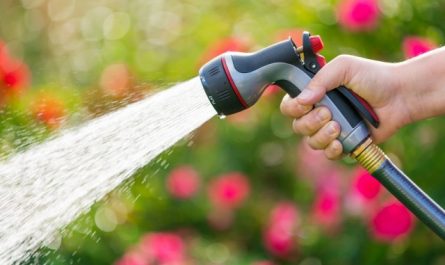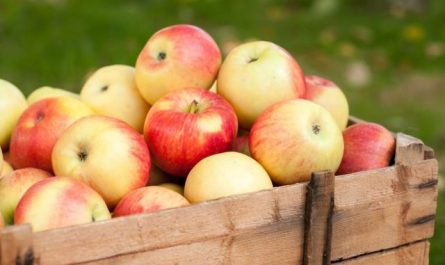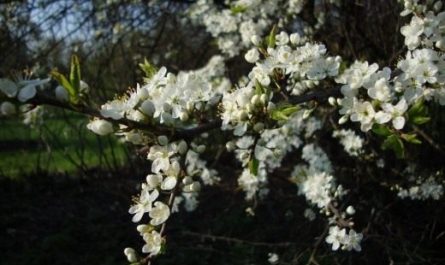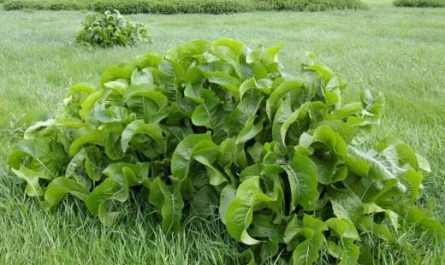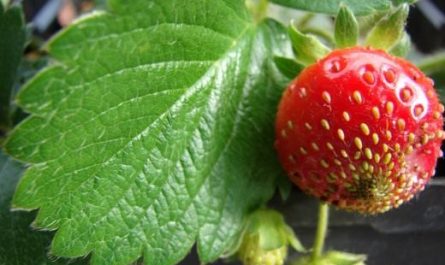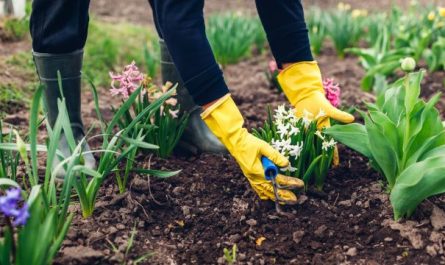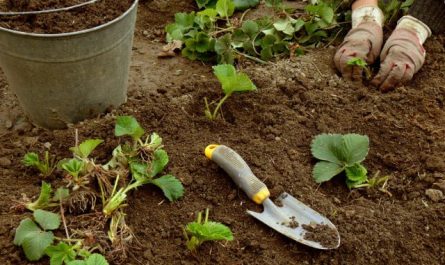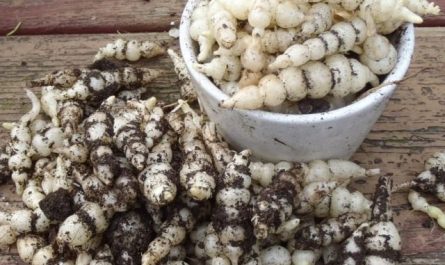In the middle of summer, when all attention is focused on the beds, people often forget about their favorite grapes. But caring for vines in the summer is no less important than in the spring and fall. And it is no easier. In order for the grapes to become a source of pride and bear fruit well, they need attention. And although we are talking about the simplest procedures and careful monitoring in order to identify traces of pests and diseases as quickly as possible, you should not forget about them. Otherwise, you will have a lot of trouble. In my article, I will tell you how to care for grapes in the summer.

How to water grapes?
Grapes do not tolerate dampness and flooding, but the lack of need to water the plant often should not be misleading. Watering before and after flowering is as important as watering during budding. Since the beginning of flowering in varieties is uneven, sometimes it is delayed until the first ten days of June, the plants need to be monitored. During flowering itself, watering is prohibited, it is carried out only after flowering, and then repeated at the “pea” stage of green berries. Late varieties are watered 1-2 times additionally in severe drought.
All watering should be carried out according to simple rules:
- water the grapes carefully, in a special circular groove;
- you need water that has been well warmed by the sun;
- you need to use one at a time, or at most, on very light soil – 2 buckets of water per plant – it is convenient to focus on the norm of 5 buckets per square meter in large plantings.
Overwatering during the ripening period of berries can cause them to crack or fall off. Only young vines in the first year are watered at least twice a month (ideally weekly) and more abundantly.
For drip irrigation, the norm is no longer than 40-50 minutes a day and no more than 3 liters of water, but it is better to use a scheme with abundant watering up to 4 times per season, rather than constant watering.
Effective moisture retention in the soil without mulching – even for ordinary loose soil – is impossible. Each watering should be accompanied by renewal of mulch. Without mulching, the program of care for grapes, especially young ones, must include mandatory loosening and weeding.

Fertilizers for grapes in summer
Provided that the grapes are properly prepared for planting, they only need additional fertilizers from the third year. If the soil is not fertilized enough, all the above summer fertilizers are used from the first year.
In summer, grapes need only one additional feeding, satisfying the increased needs for phosphorus and potassium. It is better to focus on the beginning of the filling of berries. For early varieties, additional feeding is carried out already in June, but for medium and late varieties, it is often necessary to postpone additional feeding until August. In summer, additional feeding on the leaves is permissible, and not only under the root.
The best option for feeding grapes is during watering. It is enough to add ash to the water or spray the leaves and berries with an ash solution. For one bucket of water with a capacity of 10 liters, 1 standard glass (200 g) of ash is enough.
If you are not against mineral fertilizers and adhere to traditional farming principles, organic fertilizers can be replaced with mineral ones – superphosphate and potassium sulfate, the standard portion is 40 g of phosphorus and 20 g of potassium fertilizers, you can also use 2 tablespoons of both.
Autumn feeding, although it is conditionally applied to the next season, can be done at the end of August with potassium fertilizers to improve the ripening of shoots and accelerate the ripening of berries.
The garter continues even in summer
Gradual, growth-appropriate garter is the key to healthy grapes and optimal vine development. In June, the bush gains the bulk of its foliage and actively develops, the shoots become heavier and longer.
The grapes are tied up, retreating from the top of the shoot by several leaves, with soft twine, a thin strip of fabric, other materials – carefully, without squeezing, carefully. Depending on what kind of trellis is used – one- or two-sided, decorative – the method of tying also changes. The main thing is not to start this process and focus on the growth of the vine.

Trimming is almost the hardest part
Many people are afraid of summer pruning of vines, but in fact, with grapes everything is quite simple, but still, difficult moments occur more in spring and summer:
- all unnecessary, unproductive-weak, dry, damaged shoots should be removed as quickly as possible (in doubles and triplets it is advisable to leave the strongest shoot, and fattening shoots are best removed completely before they grow to 15 cm, manually, breaking them off);
- the rootstock shoots must be removed completely and as quickly as possible;
- shoots should not be allowed to grow longer than 180 cm (or the norm for a specific variety), pinching the tops;
- you need to control air circulation, the berries’ access to light, removing excess leaves for ventilation (they are easy to identify – the leaves that shade the bunches are the ones that are extra);
- Pinching out the vines allows you to control their density and “direct” their energy to the fruit-bearing branches.
During side-shooting in the first half of summer, the vines are shortened as much as possible, but not removed completely. All lateral shoots emerging from the leaf axils (second-order shoots) are pinched off as early as possible, not allowing them to outgrow 15 cm, leaving 1-4 leaves on them and allowing the bulk of the branches to fully bear fruit (usually one leaf is left on the side-shoots, pinching the top, but if there is a lot of free space, you can leave a little more). Side-shooting continues throughout the summer.
Growth restriction and cutting off of the tops is carried out during the filling of berries, after growth has stopped, leaving at least 5-6, or better yet, twice as many leaves above the bunch (approximate guideline for shortening is 35-40 cm).
Standardization of the number of inflorescences (with sufficient experience, even before the flowers bloom) or easier standardization of bunches (after flowering) allows you to limit the number of fruit clusters to the amount that the vine will definitely have enough strength for. In order for the main bunches to ripen and fill out, the extra bunches are removed, focusing on the norm: 1 bunch for large-fruited, 2 bunches for medium and from 3 to 5 bunches for wine varieties.
For young grapes, just planted in the garden, pruning is somewhat different:
- All stepsons and tendrils must be promptly broken off.
- In August, it is worth removing immature tops in time – to carry out “pinching”, leaving shoots with 10-15 leaves. It is most convenient to pinch the top when the shoots grow to 80-100 cm.
In June and August, if you have enough experience, it is better not to forget about cutting, removing the surface, upper, dew roots. This procedure is carried out by carefully raking the soil and cutting the roots close to the surface, lying no deeper than 25 cm, with pruning shears to the very base.
After drying and treating the cuts with fungicides, the trunk circle is covered with soil again. Catarovka is the best way to build up main, deep and medium roots. Without this simple procedure, young grapes often do not build up deep roots at all and completely switch to much more vulnerable surface roots. As a result, resistance to frost in winter, dampness and drought decreases.

The main thing in summer is constant monitoring
Even if you follow all the recommendations and properly care for the grapes in the spring, carrying out all the preventive treatments, in the summer, with a strong temperature drop, excess moisture, dew, fog, there is a high risk that the vine will suffer from black spot, rot, oidium, mildew, anthracnose, powdery mildew. And no one has cancelled the danger of aphids, scale insects, spider mites, fleas, leaf rollers and other pests in the summer.
The result of the fight is determined by only one thing: how quickly the action will be taken and how quickly the gardener will react. If you do not pay attention to the grapes, do not inspect the leaves, do not notice the slightest damage, the damage to the health of the vine can be severe, even to the point of death. With grapes, it is better to “blow on water” than to be late with preventive and care measures.
The most reliable options:
- constantly carry out and repeat protective treatments for unstable or diseased vines last year;
- Do not delay spraying at the slightest suspicion of the first signs for healthy strong varieties.
Since grape pests and diseases often contribute to each other, and problems increase as the plants weaken, it is better to choose complex options and focus on increasing the endurance of the vine.
Options that are safe for the environment, bees and crops:
- ash infusion (200 g per bucket);
- potassium permanganate solution (4-5 g per bucket);
- solution of whey with iodine (1 l and 10 ml per bucket);
- herbal infusions – tobacco, celandine, wormwood, garlic, dandelions (2-3 kg per bucket).
Such products can be used for spraying grapes up to 10 times per season. Even a simple nettle infusion will strengthen the immunity of plants. A very convenient option is treatment with biopreparations, carried out exactly according to the manufacturer’s instructions.
Insecticides “Bitoxibacillin” and “Fitoverm”, complex preparations “Immunocytophyte”, “Ultrafit”, biofungicides “Baktophyte”, “Fitosporin”, “Mikohelp”, “Sporobacterin” are excellent helpers in protecting grapes. And they are just as safe even at the fruiting stage.
Chemicals on grapes in the summer period can be used only in extreme cases, the bunches are very prone to accumulation of toxins and the long-awaited harvest is very valuable. Of course, if there is a risk of death, other means did not work, choose insecticides and fungicides with the lowest hazard class, carefully studying and observing the manufacturer’s instructions in everything.
Of course, pruning damaged parts and removing leaves is also very effective in stopping the spread of diseases and pests.
Don’t forget about another enemy of grapes – wasps. It is better to set traps in August as quickly as possible.
The grape harvest also starts in the summer. The first bunches of early varieties appear on the table in mid-summer, although the main grape season is August, when the breath of autumn is already in the air. There is nothing complicated about grape harvesting. The main thing is to carefully cut the bunches with scissors or a special pruner and transport them carefully.

